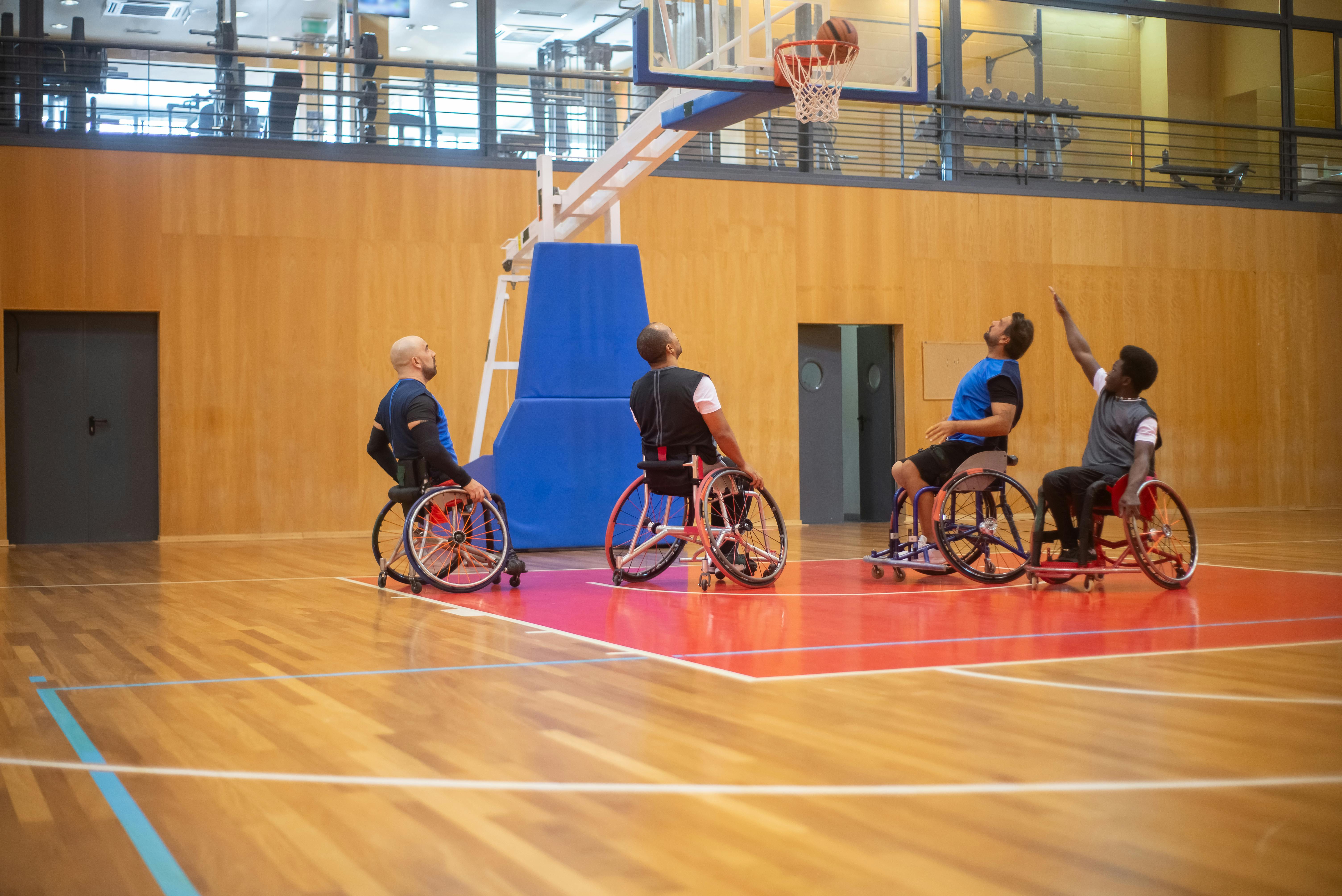A guide to choosing a CCTV camera
Choosing a closed circuit television (CCTV) camera is often confusing for most people. This is because the CCTV products on the market have a wide range of brands, types, prices, technology and quality. In addition, the lack of standardization in the industry also makes it difficult for potential buyers to compare products from one manufacturer to another. This article is written as a guide for new buyers to choose suitable CCTV cameras that fit their requirements. This article explains how to differentiate a CCTV product based on its most important attributes.
The most important attributes of a security camera are the output type, location location, minimum illumination, control mechanism, and video resolution. Buyers should consider the attributes to distinguish a CCTV and select the one that meets their requirements.
The security camera output is the video signal sent by the device to a display monitor. A CCTV sends an analog or digital output signal.
- Analog CCTV transmits a continuous stream of video over a coaxial cable. Most existing installations today still use analogue technology, although digital technology is becoming more accepted in the market.
- Digital CCTV transmits discreetly broadcast video over a twisted-pair cable. Digital CCTV cameras are usually equipped with an Internet Protocol (IP) address. Therefore, it is also often referred to as an IP camera or network camera. By having an IP address, the camera can be easily integrated with existing network infrastructure.
According to the placement location, CCTV can be divided into indoor and outdoor devices.
- The indoor device is placed inside the building. The most common interior cameras are the dome (ceiling) camera and the standard box camera.
- Outdoors The device is placed outside the building and exposed to outside weather. Most outdoor CCTVs are equipped with a housing to protect them from rain, dust, and extreme temperatures. The most common type of outdoor camera is Bullet CCTV. This type of camera has a waterproof housing and is usually equipped with infrared LEDs. In addition to Bullet CCTV, the standard box camera with additional housing is also often used as an outdoor camera.
CCTV cameras need minimal lighting to capture video properly. The sensitivity should be adjusted to the lighting level of the room where the CCTV is located. The minimum illumination required by a camera is defined as minimum LUX. CCTVs can be differentiated into two groups based on their minimum LUX, which are Day Surveillance and Day-Night Surveillance.
- Daytime surveillance camera is used to monitor the room which has enough lighting (above 0.5 LUX)
- Day and night surveillance camera is used to monitor the room which has low lighting (less than 0.5 LUX)
A control mechanism in the CCTV camera allows the user to adjust the angle and focus of the camera. According to the control mechanism, a CCTV camera can be divided into motorized and fixed device.
- The motorized device has a built-in motor to control the angle of view and focus remotely. It includes various types of cameras such as zoom camera and speed dome camera.
- The fixed device has a fixed angle and focus that must be set manually during installation.
Another important factor when choosing a CCTV camera is the video resolution. Video resolution is declared as Number of Television Lines (TVL). CCTV with a higher amount of TVL has a higher video resolution. A higher resolution CCTV will produce a sharper image. However, a high resolution camera also requires a high resolution monitor in order to display the captured images. According to the video resolution, CCTV cameras can be divided into three types:
- High resolution CCTV has a resolution of more than 480 TVL
- Standard resolution CCTV has a resolution of 380-480 TVL
- Low resolution CCTV has a resolution of 380 TVL under
In order to work properly, the CCTV Camera must have proper design and technology. The design and technology must guarantee the functionality of the camera in the various conditions where it is found. The attributes described above are the most essential attributes for the camera to capture and send the video. The CCTV buyer can use the attributes as a guide to understand the classification of the products and find the right one.
